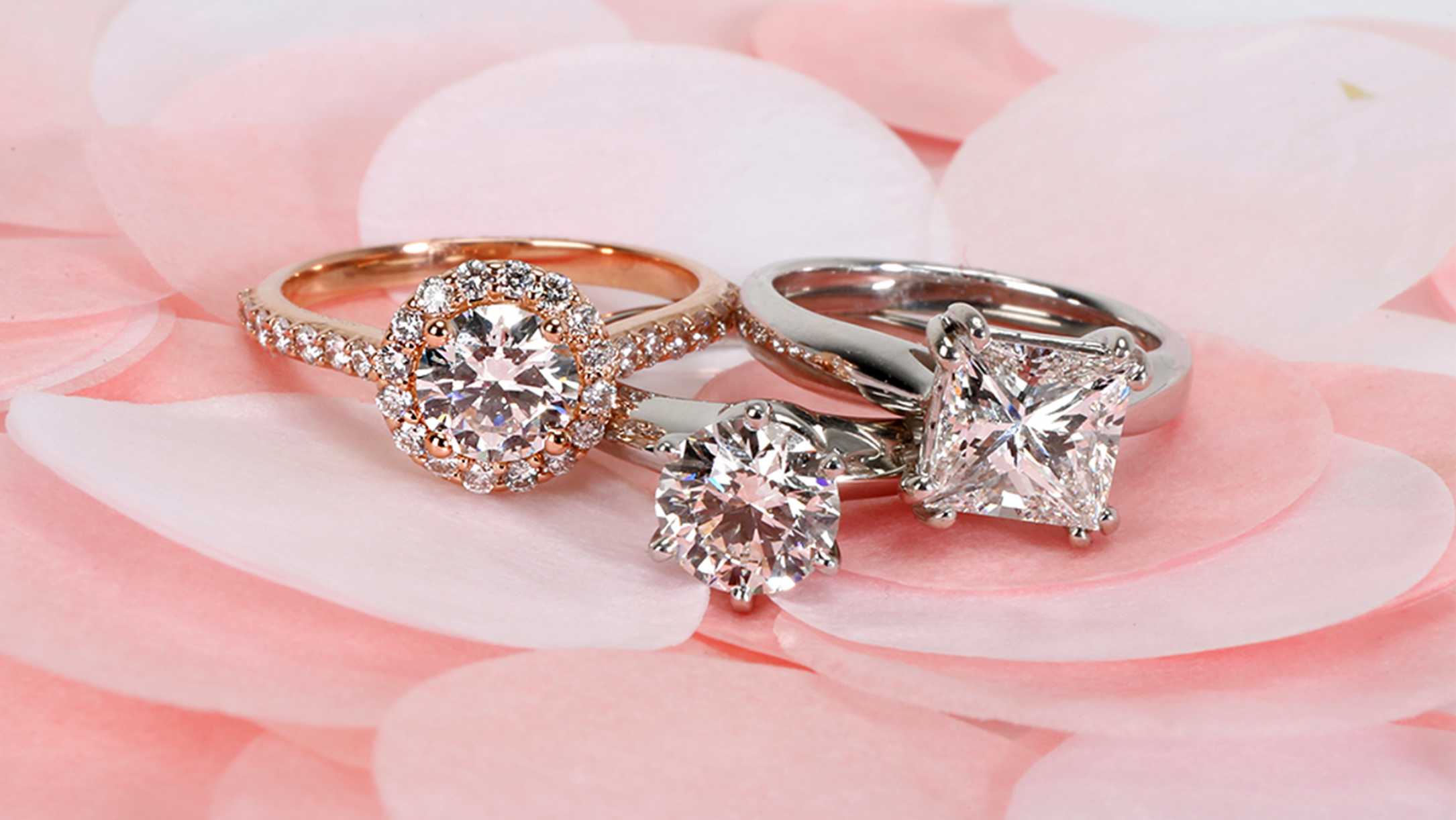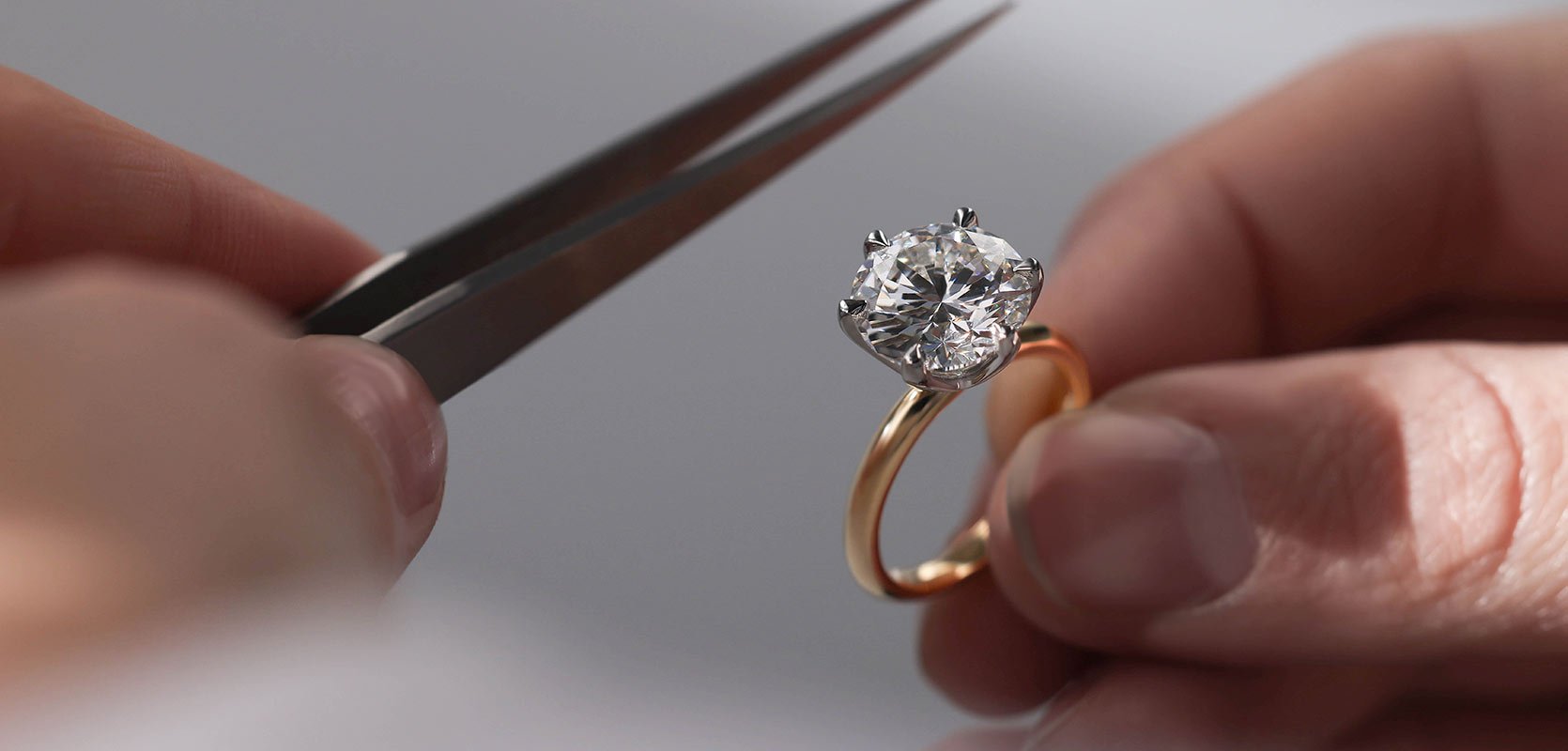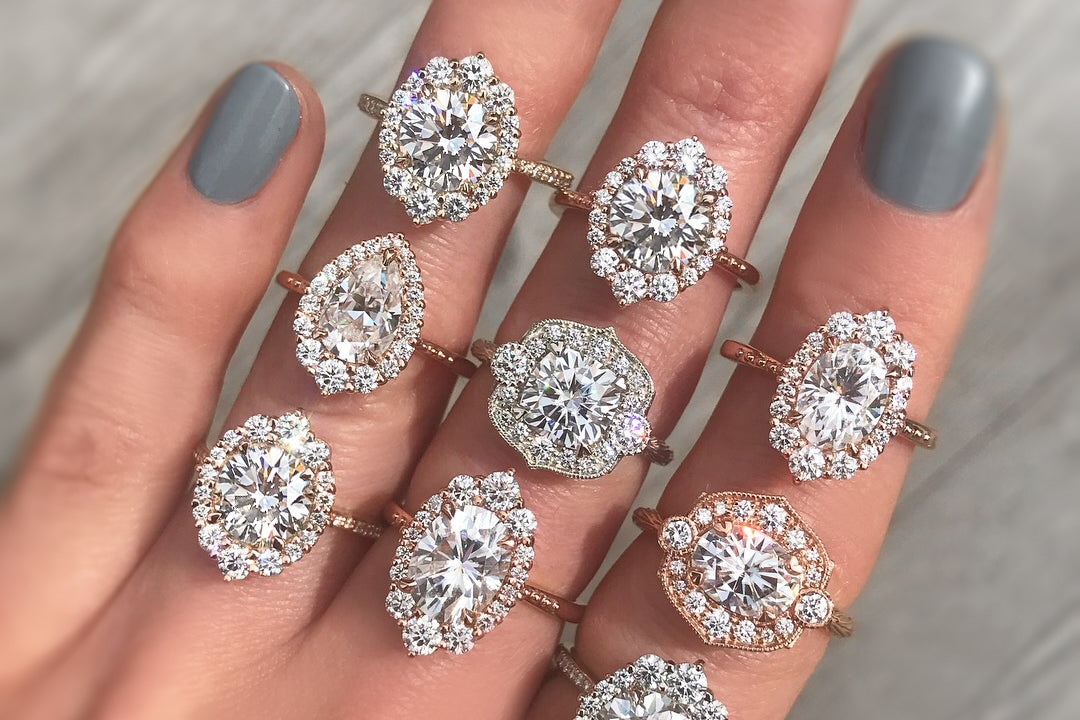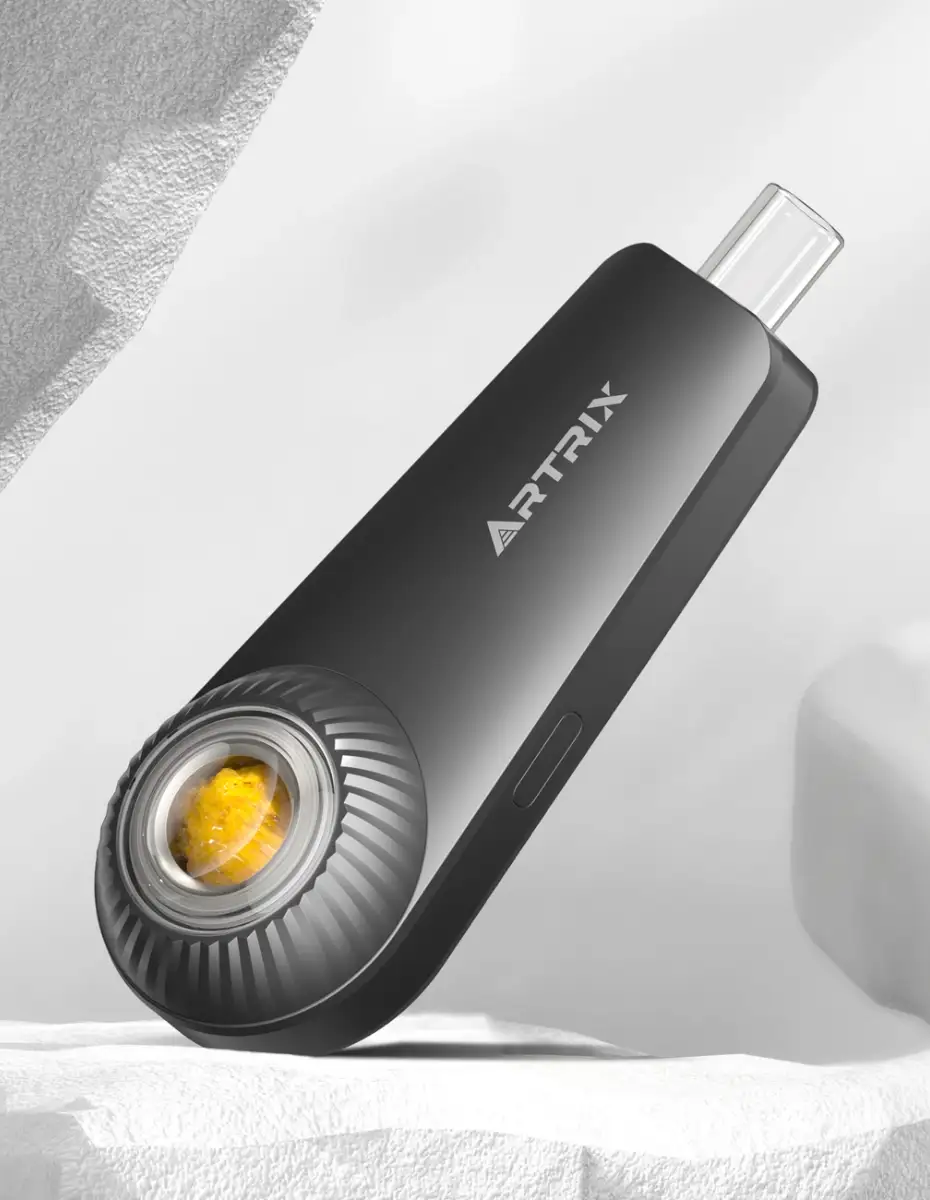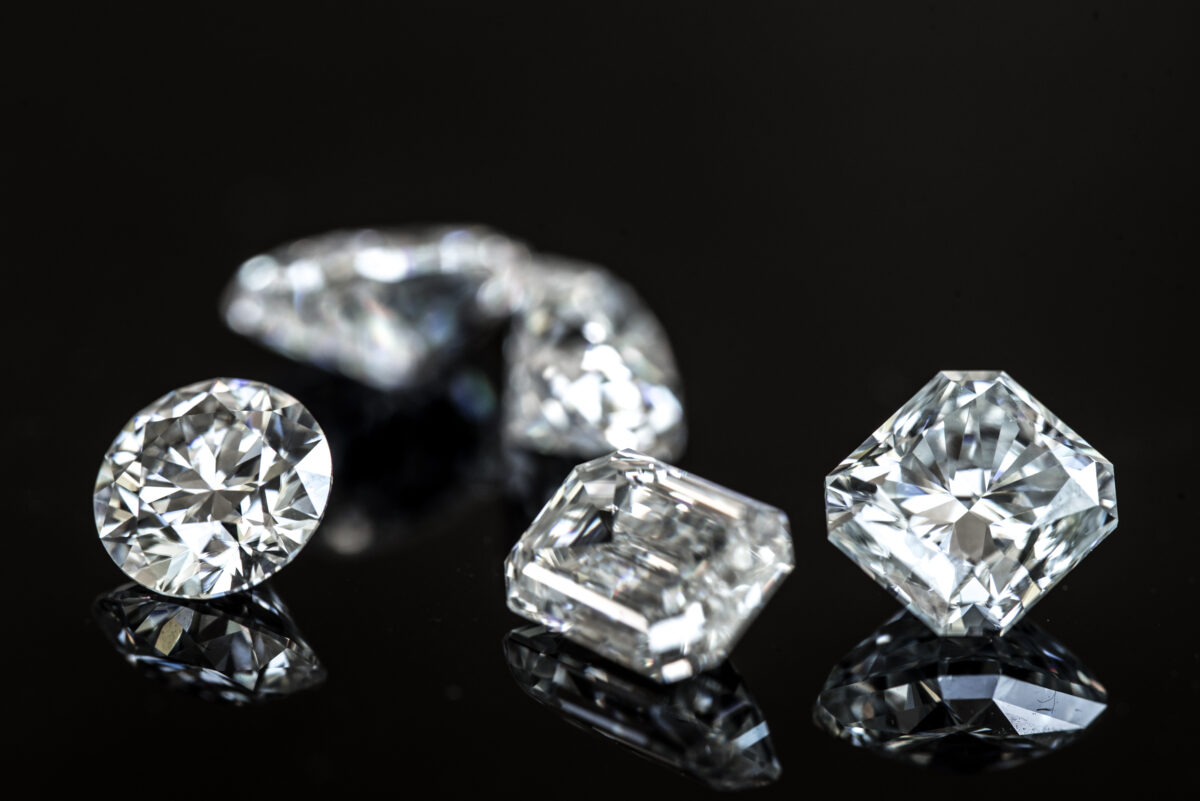
The 4Cs of Lab-Grown Diamonds: Understanding Lab-Made Diamonds
In the domain of fine gems, 4Cs lab grown diamonds have arisen as a cutting edge wonder, consolidating moral contemplations with state of the art innovation. As the demand for lab-made diamonds rises, it is fundamental to comprehend the basic perspectives that characterize their quality. This complete aide dives into the 4Cs of lab-grown diamonds, giving an inside and out take a gander at how these boundaries impact the worth and allure of these wonderful jewels.
1. Prologue to Lab-Grown Diamonds
Lab-grown diamonds, otherwise called engineered diamonds or lab-created diamonds, are genuine diamonds that are developed in controlled laboratory conditions. These diamonds share a similar physical, synthetic, and optical properties as regular diamonds. The essential contrast lies in their starting point: lab-grown diamonds are delivered utilizing progressed mechanical cycles, while regular diamonds are framed profound inside the Earth more than billions of years.
2. The 4Cs: A Thorough Outline
The 4Cs — Cut, Variety, Clearness, and Carat Weight — are the widespread principles for surveying the nature, everything being equal, including lab-grown diamonds. Every one of these variables assumes a vital part in deciding a diamond’s general worth and tasteful allure.
Cut: The Specialty of Accuracy
The cut of a diamond is seemingly the most reproachful of the 4Cs. It alludes to how well a diamond has been molded and faceted, influencing its splendor and shimmer. A very much cut lab-grown diamond mirrors light wonderfully, making a stunning showcase of fire and brightness. The slice grade goes from Brilliant to Poor, with a Fantastic cut offering the most significant level of shimmer.
Round Splendid Cut: Known for its unrivaled splendor, this cut is the most famous decision for wedding bands.
Princess Cut: Portrayed by its square shape and sharp corners, it joins present day style with momentous shimmer.
Pad Cut: Featuring adjusted corners and bigger aspects, this cut has a rare beguile with outstanding brightness.
Variety: The Range of Virtue
The shade of a diamond is evaluated in light of its drabness. The Gemological Establishment of America (GIA) grades diamonds on a scale from D (vapid) to Z (light yellow or brown). Lab-grown diamonds are available in a large number of varieties, with boring diamonds (grades D-F) being the most pursued for their unique case and virtue.
D-F: Lackluster diamonds are the best and important.
G-J: Close dry diamonds offer magnificent worth and seem dreary to the undeveloped eye.
K-M: Diamonds with faint tone are more reasonable and can display a warm sparkle.
Lucidity: The Inward Virtue
Lucidity alludes to the presence of inward or outer defects, known as considerations and flaws, separately. The lucidity grade goes from Immaculate (no incorporations or imperfections apparent under 10x amplification) to Included (considerations noticeable to the unaided eye). Lab-grown diamonds by and large have less considerations than normal diamonds, bringing about higher lucidity grades.
FL-IF: Immaculate to Inside Impeccable diamonds have no considerations or imperfections apparent under 10x amplification.
VVS1-VVS2: Incredibly, Marginally Included diamonds have minute incorporations that are challenging to distinguish much under 10x amplification.
VS1-VS2: Marginally Included diamonds have minor considerations that are not apparent to the unaided eye.
SI1-SI2: Marginally Included diamonds have considerations that are observable under 10x amplification yet are frequently imperceptible to the unaided eye.
Carat Weight: The Proportion of Size
Carat weight estimates the size of a diamond. One carat rises to 200 milligrams. While bigger lab-grown diamonds are more interesting and important, the carat weight ought to be considered close by the other 4Cs to decide by and large quality.
0.25 – 0.50 carats: Ideal for sensitive gems pieces.
0.50 – 1.00 carats: Well known for wedding bands, offering an equilibrium between size and moderateness.
1.00 – 2.00 carats: Bigger diamonds that offer a huge expression.
2.00+ carats: Outstanding size for those looking for a champion piece.
3. The Advantages of Lab-Grown Diamonds
Picking lab-grown diamonds offers a few benefits:
Moral and Supportable: Lab-grown diamonds are a contention free other option, ensuring no mischief to networks or biological systems.
Savvy: For the most part more reasonable than regular diamonds, lab-grown diamonds offer astounding benefit for cash.
Indistinguishable Properties: Sharing similar properties as normal diamonds, they offer indistinguishable splendor and sturdiness.
4. Affirmation and Evaluating
Trustworthy evaluating laboratories, like the GIA and the Worldwide Gemological Organization (IGI), give testaments to lab-grown diamonds. These testaments detail the 4Cs and guarantee the diamond’s quality and genuineness. While buying a lab-grown diamond, consistently demand a reviewing report to confirm its credits.
5. The Fate of Lab-Grown Diamonds
The notoriety of lab-grown diamonds keeps on rising, driven by headways in innovation and expanding customer mindfulness. As the market advances, we can anticipate further developments in diamond creation, offering significantly more prominent assortment and quality.
6. Conclusion
Understanding the 4Cs of lab made diamonds is essential for pursuing informed buying choices. Whether you’re choosing a wedding band, a pendant, or some other piece of fine gems, the information on cut, variety, clearness, and carat weight will direct you in picking a diamond that meets your longings and assumptions. Lab-grown diamonds address the ideal mix of present day development and immortal magnificence, giving a dazzling and moral decision for the present knowing buyers.


